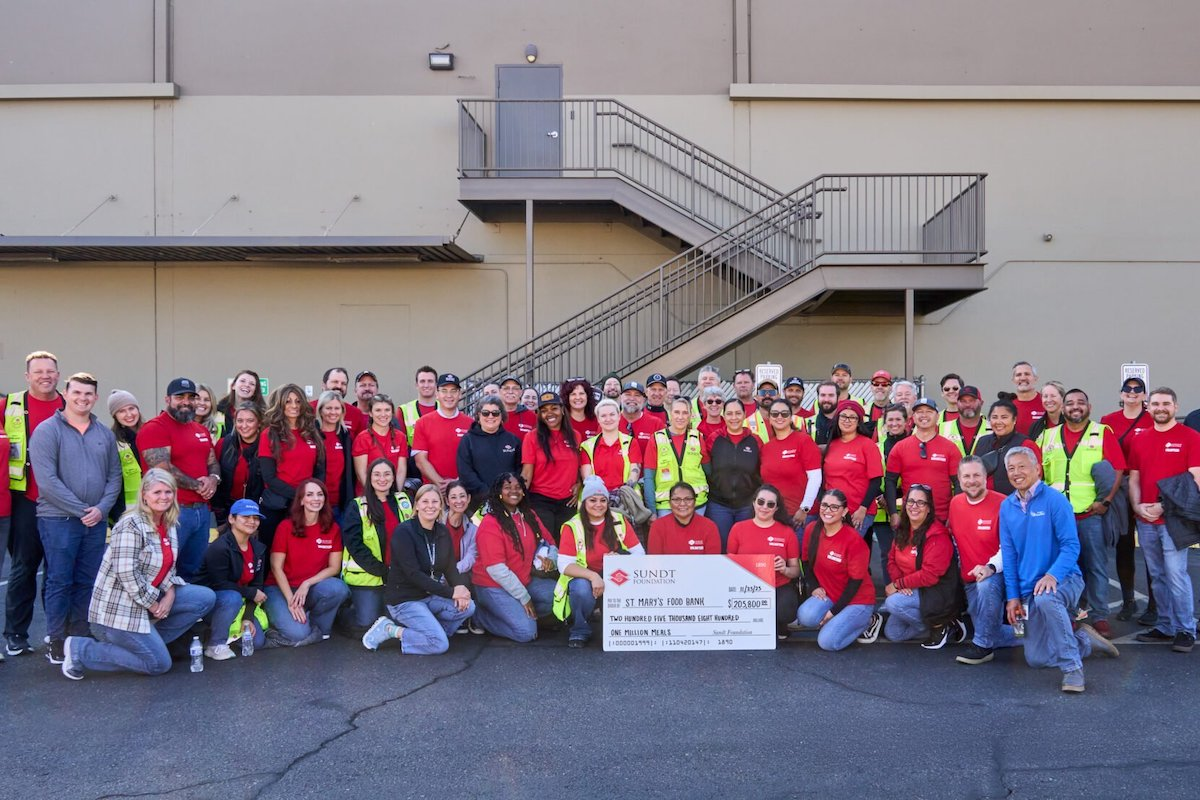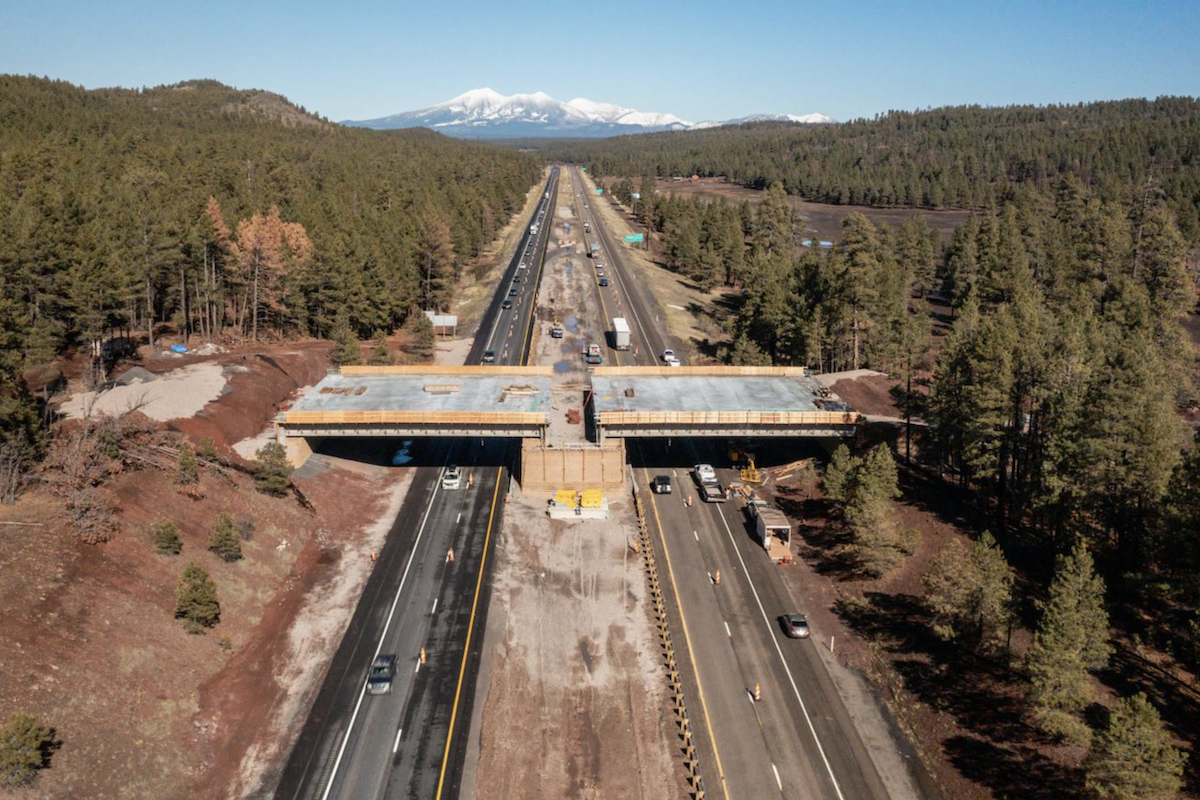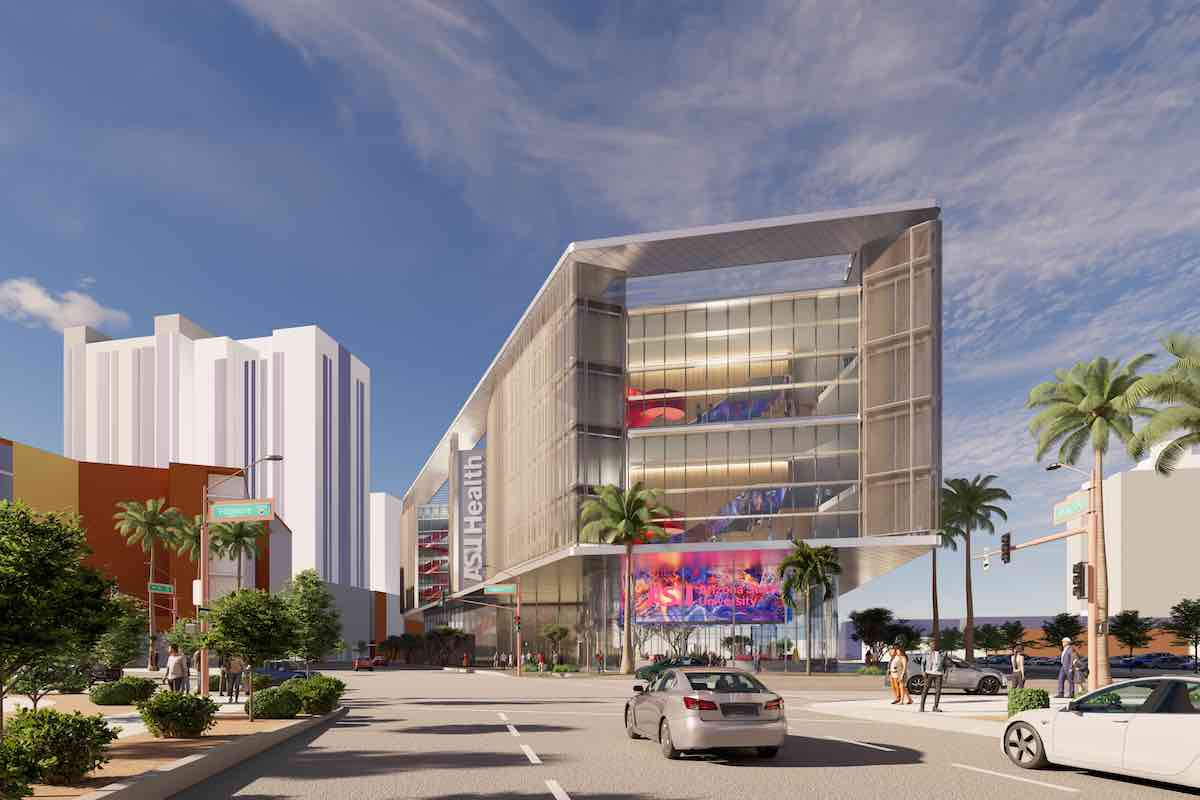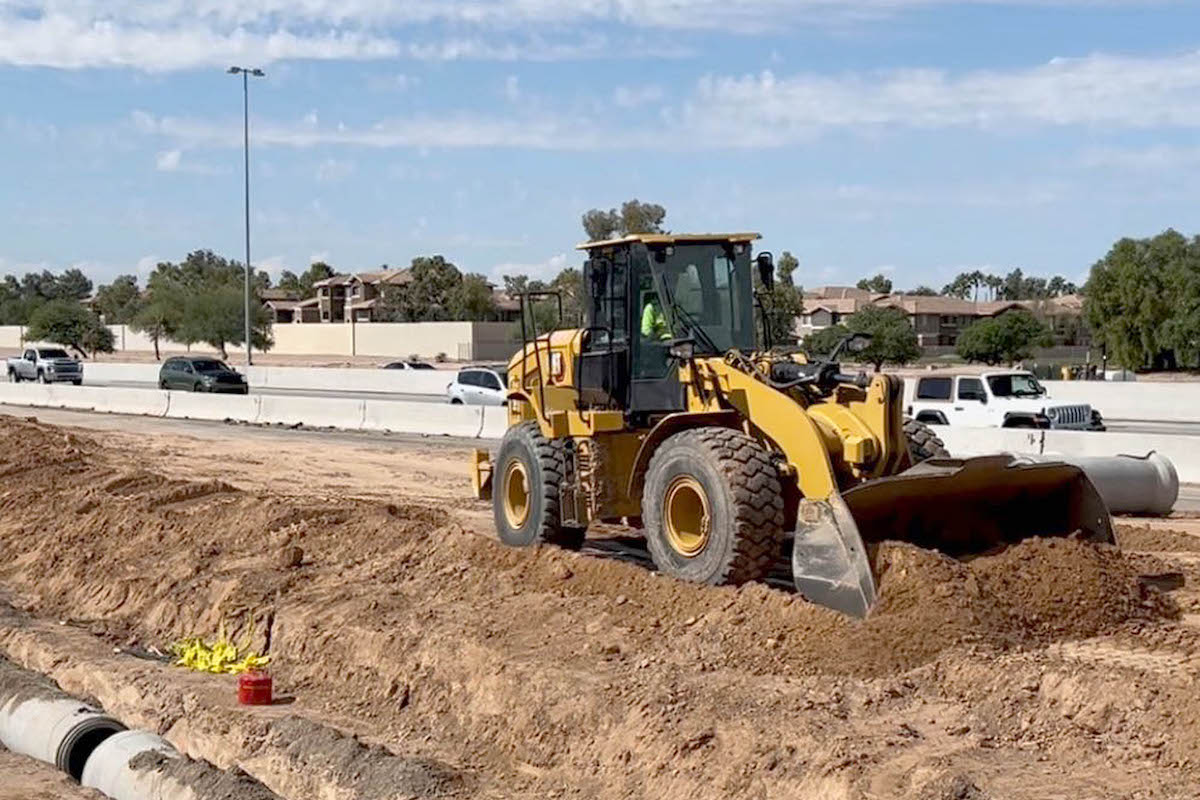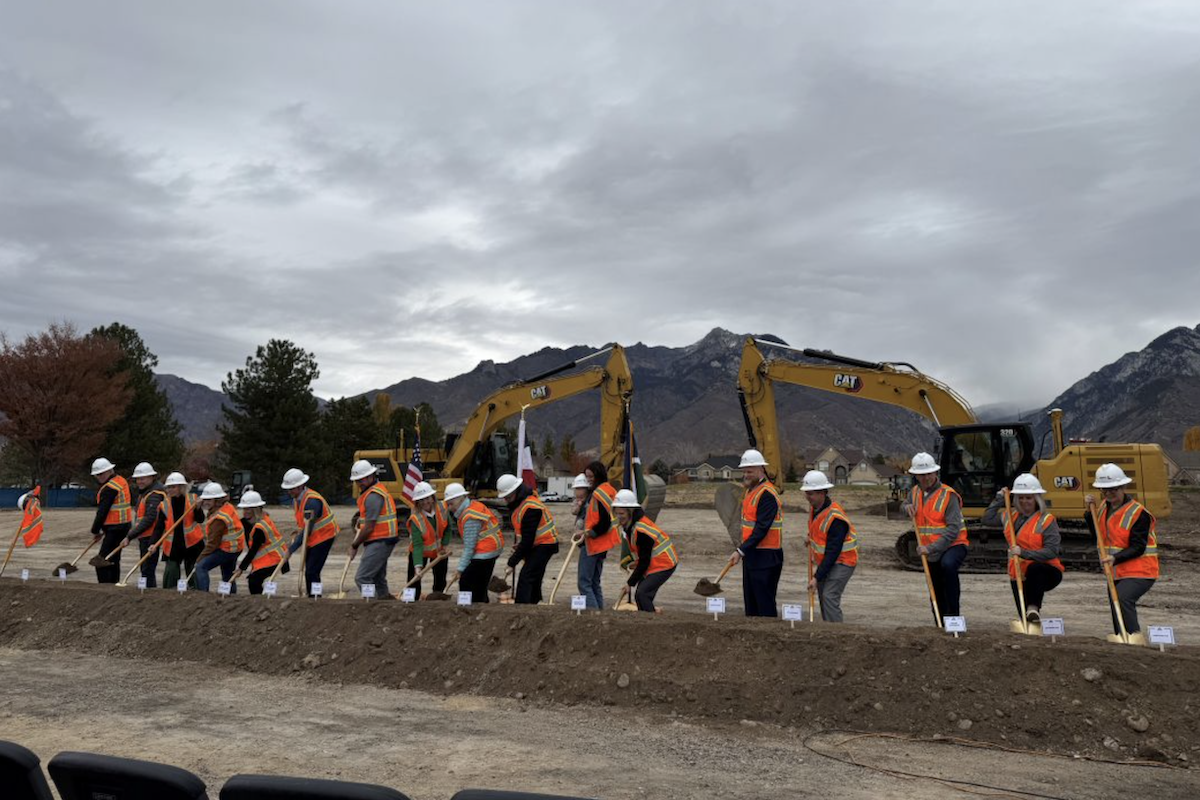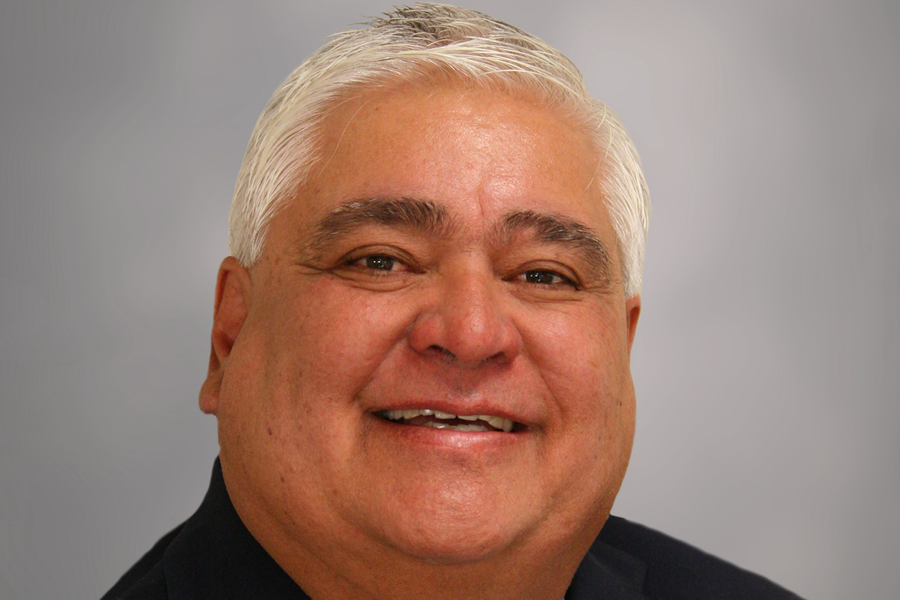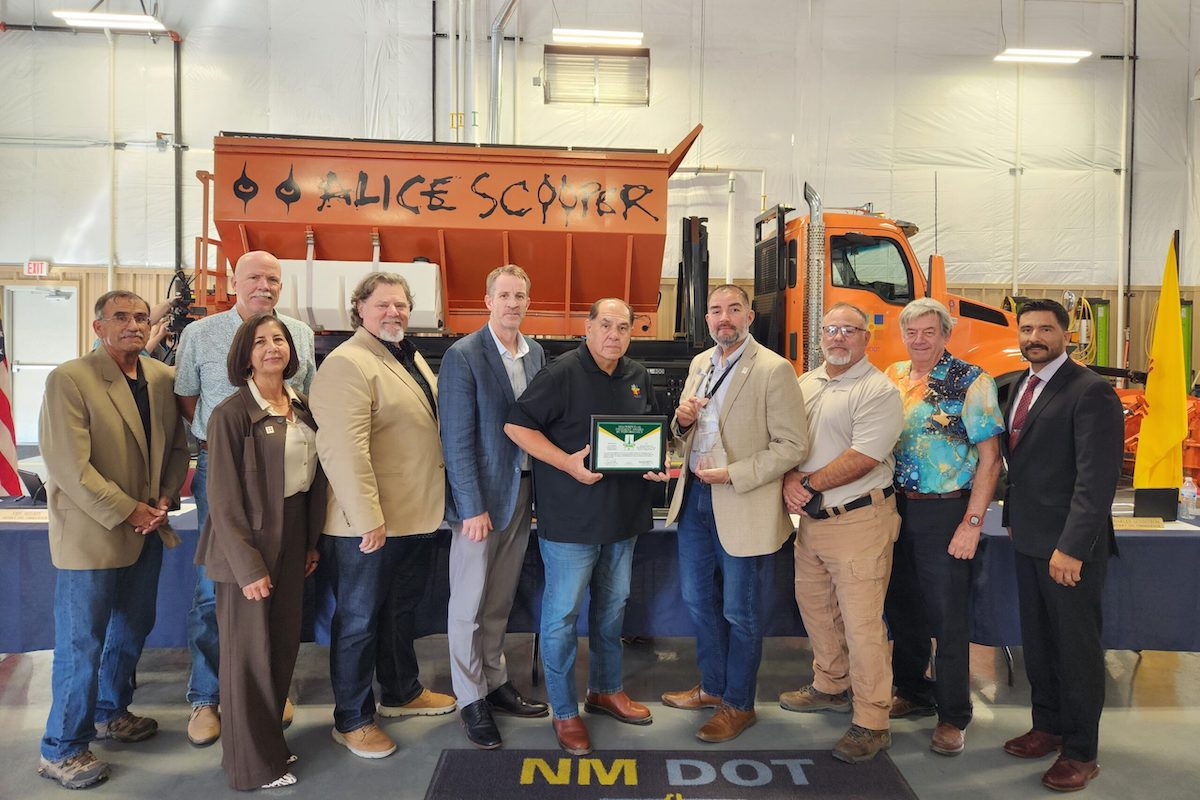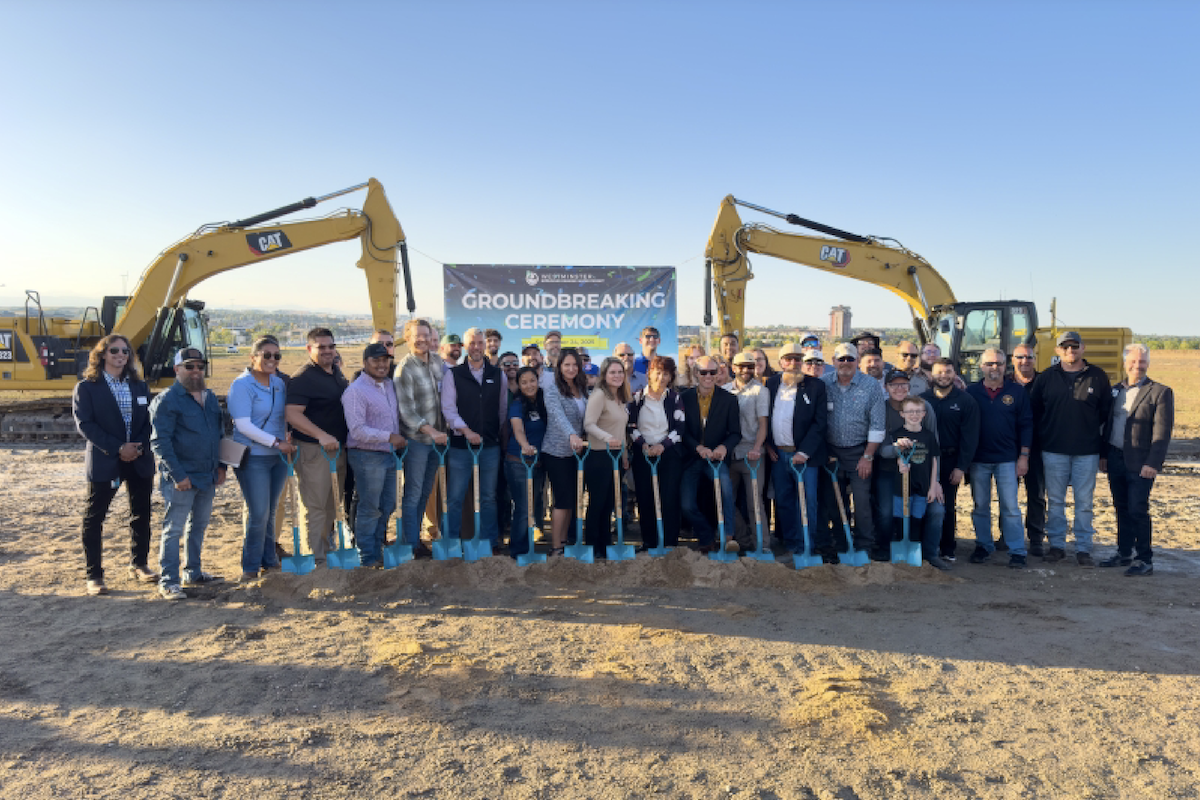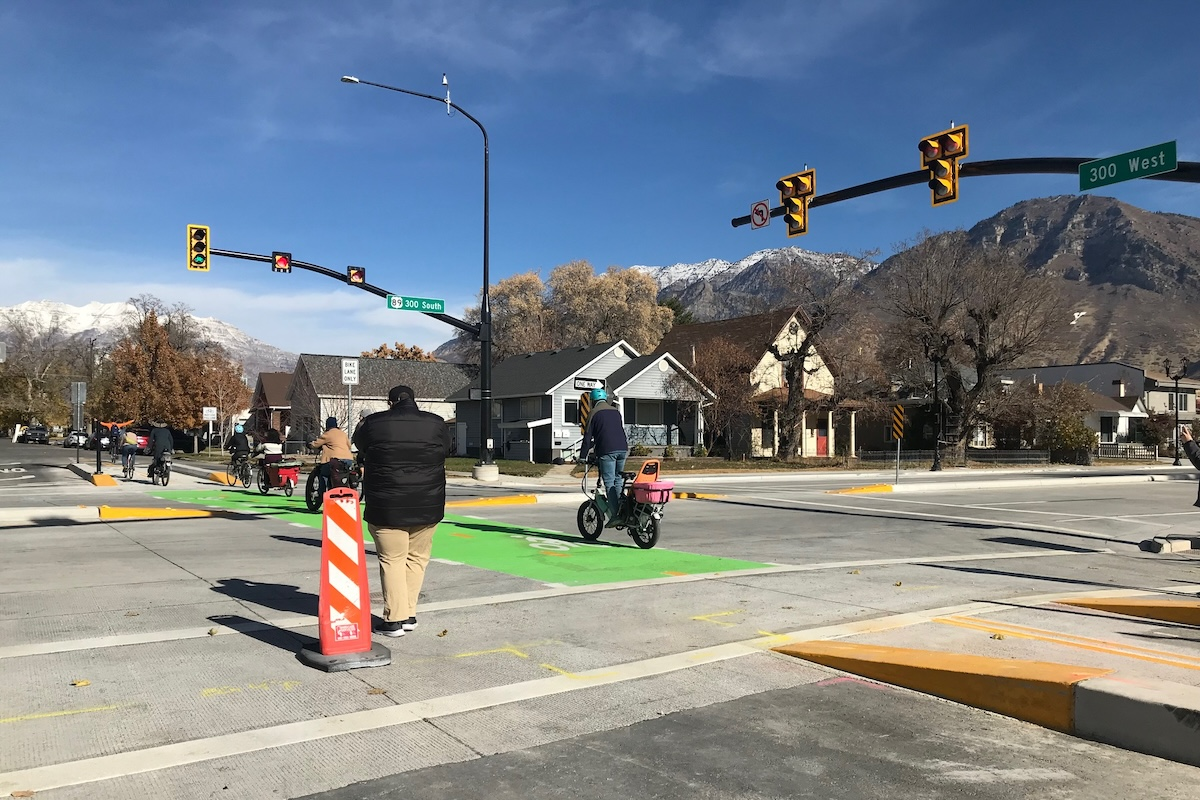The largest infrastructure project in Virginia’s history is gearing up for its next milestone — boring its second tunnel underneath Chesapeake Bay, one of the nation’s most important maritime channels.
“The target is to get the tunnel boring machine (TBM) back underway this fall. We’ll bore another 7,900 feet back to the Norfolk side, and then we'll have two new tunnels,” said Ryan Banas, Expansion Project Director for the Virginia Department of Transportation (VDOT). “This is a very exciting time right now on the project.”
Spanning the two major Virginia cities of Hampton and Norfolk, the Hampton Roads Bridge-Tunnel (HRBT) Expansion Project is designed to ease congestion and increase traffic efficiency, with a goal of improving access to the Port of Virginia and the world’s largest navy base, Naval Station Norfolk.
According to VDOT, nearly 3 million vehicles use the HRBT each month, and the I-64 corridor sees more than 100,000 vehicles a day during the peak tourist season. The expansion is projected to bolster the economic competitiveness of Hampton Roads with more than $4.6 billion in investments and an estimated 28,000 new jobs over the life of the project.
The transformative project is adding twin, two-lane bored tunnels, along with widening the four-lane segments along nearly 10 miles of the Interstate 64 (I-64) corridor in Hampton and Norfolk between Mallory Street in Hampton and Patrol Road in Norfolk.

| Your local Volvo Construction Equipment dealer |
|---|
| Faris Machinery |
In order to dig through soil and construct tunnel segments simultaneously, crews are using a highly specialized TBM from Germany. The high-tech machinery means less disruption to military and commercial activity, as well as less impact on the marine environment.
According to VDOT, Hampton Roads Connector Partners (HRCP), the project’s joint construction venture, awarded a contract to Herrenknecht of Germany for fabrication of the TBM. It took roughly 14 months to build the 46-foot-diameter machine, approximately four months to ship it from Germany to Portsmouth Marine terminal in Virginia, and another six months to assemble the TBM on the HRBT’s South Island in the 65-foot-deep launching pit.
The TBM, longer than a football field, is affectionately nicknamed “Mary” in honor of Hampton, Virginia’s Mary Jackson, former NASA aerospace engineer who was portrayed in the Hollywood blockbuster “Hidden Figures.”
The team recently completed 7,941 feet of mining in 51 weeks, creating Virginia’s first bored roadway tunnel, only the third in the United States. This past summer, the team rotated the cutterhead and shield and four gantries in preparation for Mary’s relaunch.

| Your local Bobcat dealer |
|---|
| Ditch Witch West |
| Faris Machinery |
| Romco Equipment Co |
Due to the highly technical and cutting-edge processes involved, worldwide expertise was needed. Inside the tunnel, workers from all over the world speak in a variety of languages such as Russian, Italian, German, French, Spanish, and Chinese.
“We have these worldwide companies here working on this project, and they're also relying on a lot of local contractors to help them deliver this massive undertaking,” Banas said. “They are doing an amazing job.”
Between the contractor and subcontractors, the project team consists of a staff of approximately 2,000 workers.
In addition to the tunnel work occurring, there are also 25 bridges that are being widened, rehabilitated, or constructed, in addition to mechanically stabilized earth walls, drainage improvements, soundwalls, and other safety improvements.

| Your local Gomaco dealer |
|---|
| Faris Machinery |
| Tri-State Truck & Equipment Inc |
In totality, workers are constructing two new tunnels, an island expansion, and 8 miles of roadway with bridge improvements along the 10-mile project corridor.
“We are doing a whole gamut of roadway widening and an unbelievable amount of Intelligent Transportation Systems (ITS) work,” Banas said. “We are really running the full gamut all through Norfolk. That's 6 miles of roadway.”
The team has recently opened the north trestle eastbound — the first phase of their construction there.
“It was the first new bridge crossing at the HRBT in more than 50 years,” Banas said. “It’s a really meaningful milestone and marks the start of visible progress being made across the harbor.”

| Your local Trimble Construction Division dealer |
|---|
| SITECH Northwest |
| SITECH Rocky Mountain |
| SITECH Southwest |
Traffic flow will remain at two lanes in each direction during construction, but once completed, the bridges will support four lanes in each direction for a total of eight lanes across the harbor. The team is well underway on the new westbound trestle between the Hampton shore and the tunnel facility slated to open late 2025.
At the south trestle, which will be a single eight-lane bridge crossing the water, the team is in the process of preparing the tie-ins where the bridges will land on the South Island. This work is supporting the goal of shifting traffic in mid 2025.
“This is a massive undertaking, and we are making headway in every direction you look, whether it's the roadway, bridges, tunnels, electrical, ITS, or the private utilities,” Banas said. “Every aspect of this project is moving forward. We are absolutely in the thick of it right now.”
Another big milestone will come in early 2025 when VDOT shifts all eastbound traffic to the newly constructed right lanes.

| Your local Volvo Construction Equipment dealer |
|---|
| Faris Machinery |
“We will be shifting the current two lanes to the outside, which will give us the ability to start reconstruction of the median including roadway, bridges, and drainage,” Banas said. “This shift will put traffic on a number of bridges that have been widened and rehabilitated for the first time since construction began in earnest in 2021.”
Banas mentions that the project is an example of successful local funding, although the process has taken time.
In 1990, the Virginia state legislature made the decision to research and investigate potential improvements for traffic across the harbor at the Hampton Bridge Tunnel. Three decades later, it has almost been brought to fruition.
It was not until 2013 when the local General Assembly in Richmond, Virginia, voted to enact a local sales and use tax that gathered seven-tenths of a percent of money that is taxed in the local region. The tax is then brought directly back to the region via the Hampton Roads Transportation Fund (HRTF) to be invested into projects of regional significance.

| Your local Volvo Construction Equipment dealer |
|---|
| Faris Machinery |
The Hampton Roads Transportation Accountability Commission (HRTAC) is the primary funding agent of the project through its administration of the HRTF. HRTAC, comprised of mayors from local government, state legislators from the region, and area Commonwealth Transportation Board members, has leveraged the HRTF to finance $3.2 billion of the $3.9 billion undertaking. Additional financing includes $200 million from the Commonwealth’s SMART SCALE program and $108 million from VDOT.
According to Banas, the community has suffered from bottlenecks and traffic problems for decades. Now, he says, area residents are starting to see progress that will lead to congestion relief in the near future.
“This project is funded directly by the people who live and work here every single day,” Banas said. “When we go to the hardware store, or we buy a car, that .07 percent tax is coming right back and being put to work on the roads we drive each and every day.”
“I don't think that we truly will appreciate the life-changing impacts this project will have on the region until the new capacity is available for Hampton Roads residents to drive through the corridor with much less congestion and significantly more reliable travel times,” he said.

| Your local Volvo Construction Equipment dealer |
|---|
| Faris Machinery |
VDOT chooses to communicate through its social media channels, including Facebook, LinkedIn, Instagram, and X to reach the public, community groups, civic leagues, and professional organizations. There is also a project podcast called “HRBT Tunnel Talk.” Banas mentions the importance of transparency in their communications.
“It’s so important to appreciate; we’re on the world stage,” he said. “Hampton Roads residents are completing record-breaking construction using state-of-the-art technology. To accomplish this change it sometimes means short-term inconveniences for our residents. However, the more open, honest, and transparent we are, our local community members recognize it’s for the greater good of our region.”
“We have built upon the foundation and resiliency of the Hampton Roads region,” Banas added. “The coolest part is we're literally building infrastructure that will be here for generations to come.”
The HRBT project’s substantial completion date is estimated to be February of 2027.

| Your local Volvo Construction Equipment dealer |
|---|
| Faris Machinery |
Editor’s Note: Part two of the Hampton Roads Bridge-Tunnel story will continue in the November issue, highlighting the project’s prehistoric find.Photos courtesy of Virginia Department of Transportation



















